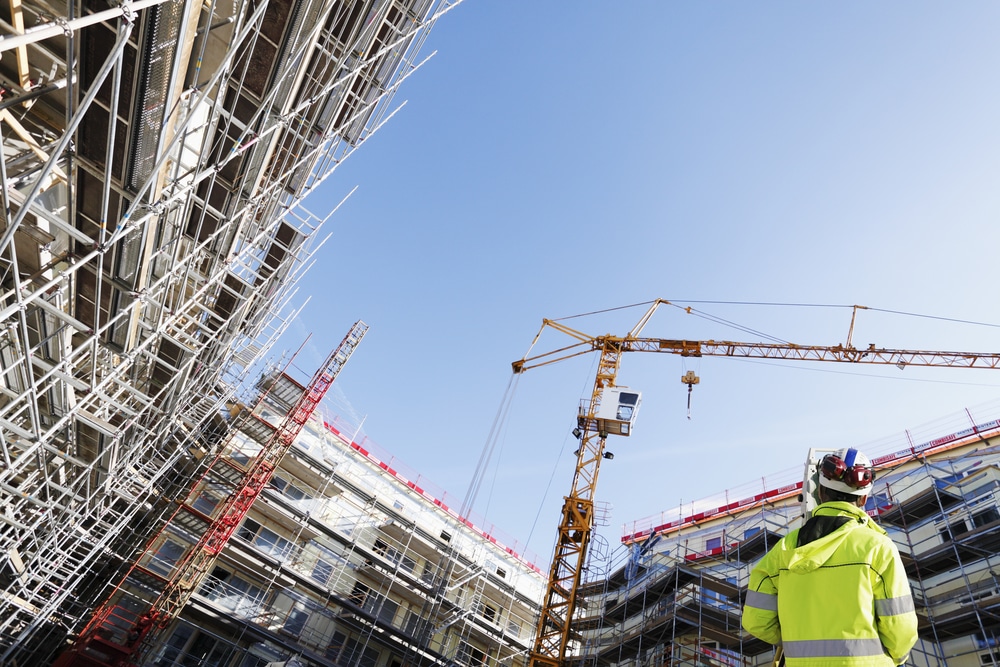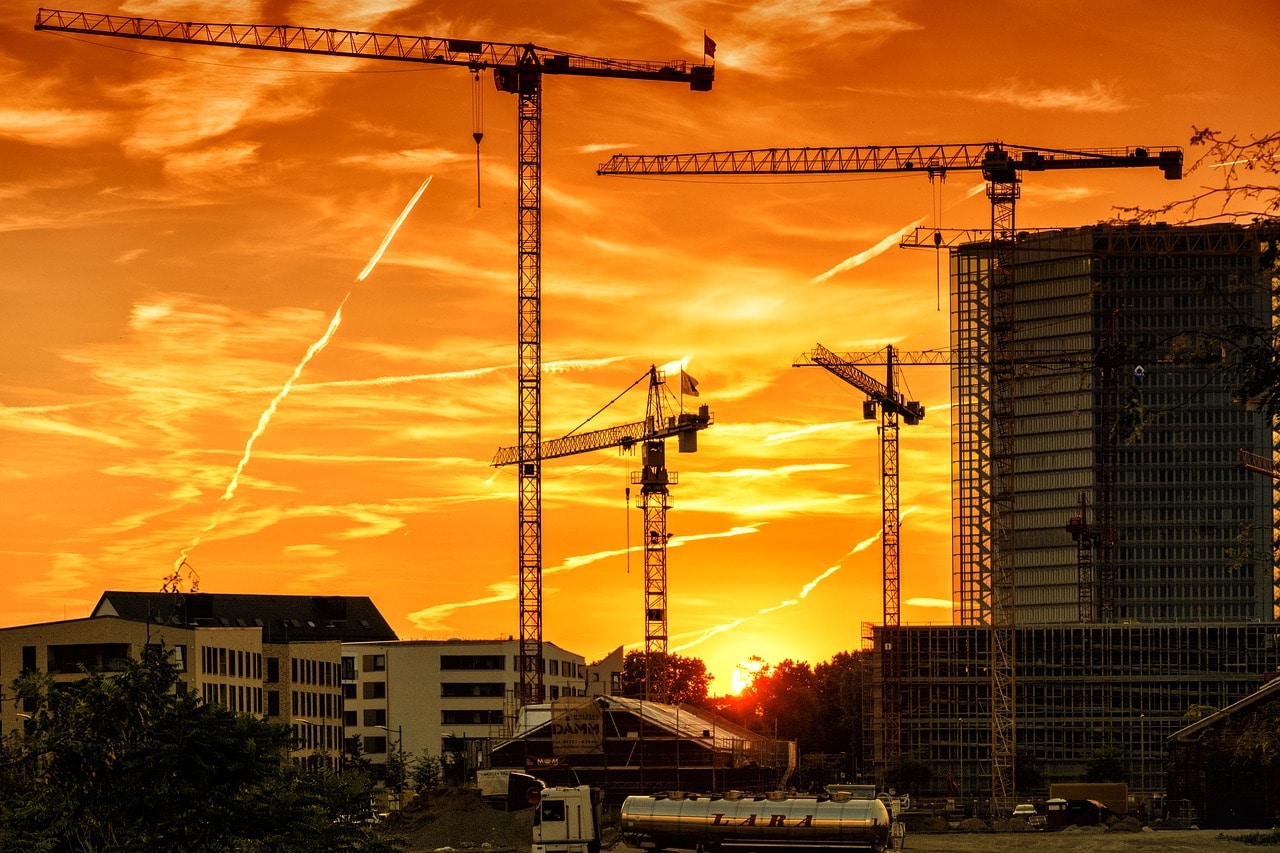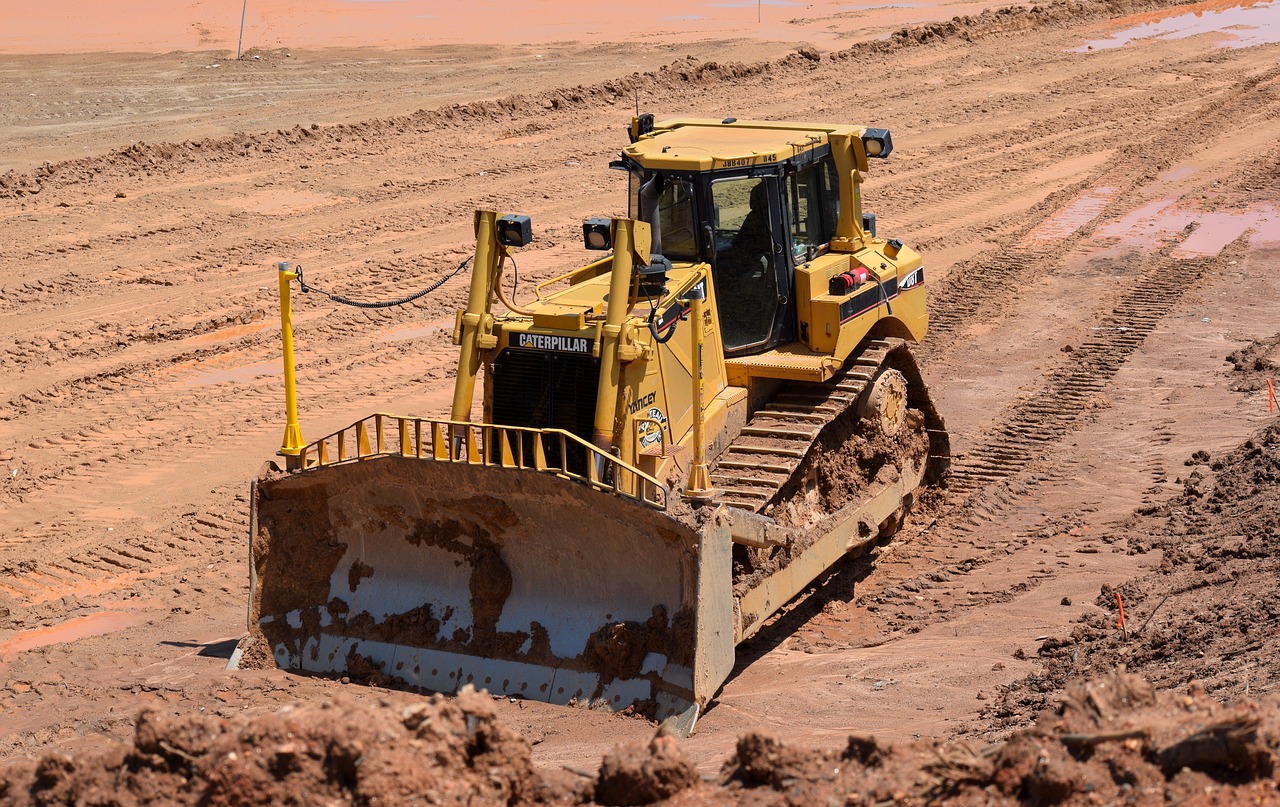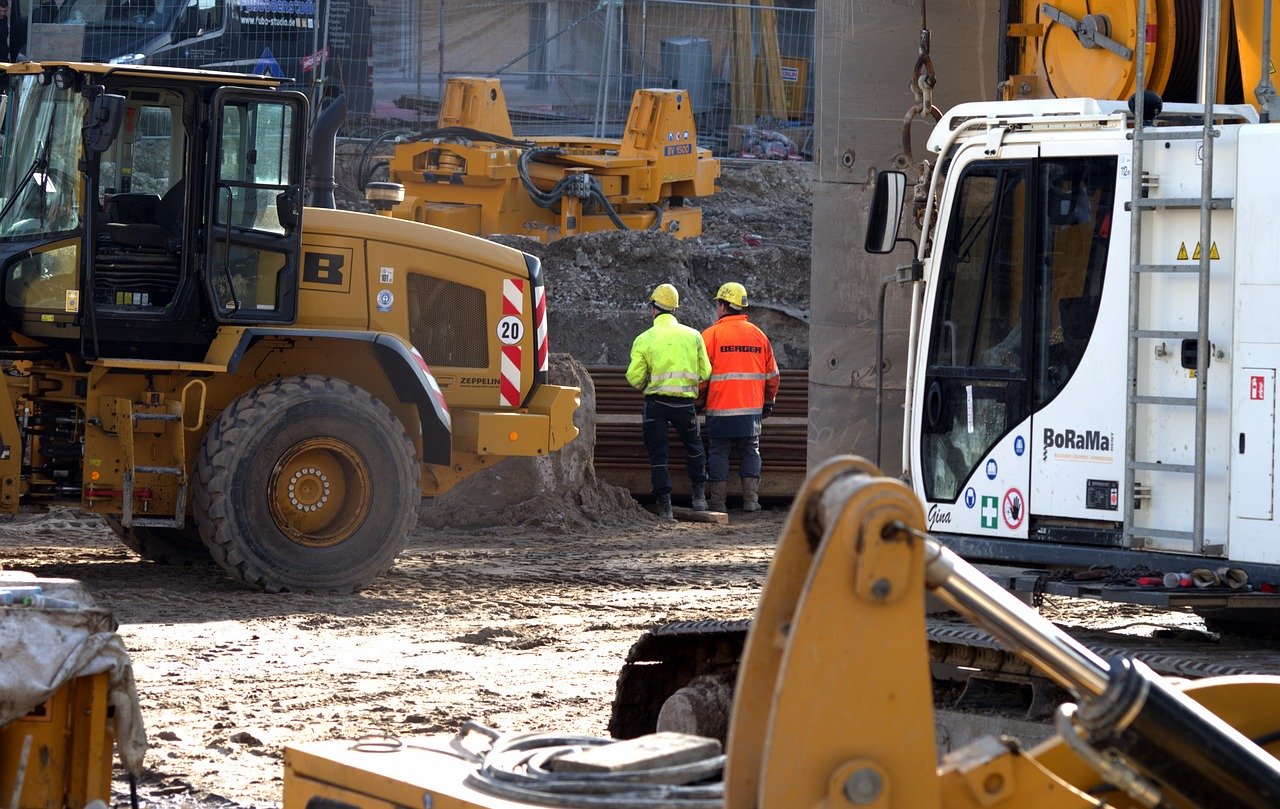There is never a time when a construction company is not going to take at least a little risk with their projects. In that sense, it is no exaggeration to claim that an exhaustive risk management plan is a ‘must have’ in your construction operations.
Nevertheless, putting together a functional risk management plan isn’t always that easy. Each company needs to determine if the potential risks for each project are worth their time and possibly some of their profits.
In a nutshell, here are some of the most crucial risk factors that construction companies encounter on a day-to-day basis:
- Intense competition for available work
- Expectation to produce a high return on all invested funds
- Intense pressure to save as much money as possible as well as time
- Consistently low margins and lower profits
- A high number of litigation cases as well as disputes
- Safety issues
The risk management team of a construction company will weigh all of the above as well as create a plan to lower the risk of any project that they decide to do. Once a company receives approval for a project, this team will then monitor and control every item within the plan to ensure that the risks stay at a minimum.
Top 5 forms of risk in construction
As we already saw above, there is a vast number of risk factors in the course of a construction project. To define construction risk in a more detailed way, we take a closer look at the top five risk categories that should always be taken into consideration when a risk management plan is elaborated:
1. Risks on project management process
In the first group on our list is anything related to project management and to its smooth development. A resource management analysis, in terms of tools, materials, and staff, is probably the first step you need to take. Once you have defined the needs of your project, you need to allocate responsibilities and set an accurate time-frame for each task.
Always try also to think carefully about the obstacles that might emerge during the process. In that manner, you can be prepared for any sort of hiccup.
2. Financial risks
It comes as no surprise that budget overruns are most of the times one of the biggest ‘threats’ for a project’s well-being. That being said, it is extremely helpful for the construction management team to define fiscal risks successfully before the beginning of the project.
This type of risk depends vastly on the type and the location where the construction project is taking place. Simply put, here are some potential risk factors when we refer to financial risks:
- Local tax system
- Inflation
- Currency rates
All these parameters should be thoroughly examined before the project takes off.
3. Legal risks
Contracts can be the source of serious disputes in the course of the building process. For that reason, you need to invest extra time and effort in taking proper care of every single detail in regard to contractual agreements.
The responsibilities and rights of each party should be clearly described and an explicit solution for each potential scenario should have been predicted. In that aspect, a competent legal team is always a necessary addition as it can decrease significantly any legal risks in your project.
Read also: Construction risk management – What to do when your project goes wrong
4. Safety risks
Accidents are one of the biggest pain points in the industry. Working on-site requires remarkable focus and attention to detail. It doesn’t take much, then, to understand that the project management team should always do their best in order to transform the field into a safe and accident-proof place. That is a continuous procedure which should take place both during the design and development phase of the project.
5. Environmental risks
In some cases, natural phenomena (eg. earthquakes, floods) can be threatful for your project’s smooth development. That’s why the analysis of the environmental conditions based on the area in which your project is conducted is regarded as a ‘must’.
Like that, the managing team can take all measures necessary to protect both the workers on the field and the progress of the project.
Risk management plan in construction – guidelines
When the risk management team determines how high their risk is on a project, they will follow the guidelines below:
- Identify what the problem or problems are or what can happen.
- Identify who may be harmed or what the impact on the project progress could be.
- Determine how many risks may arise if the problem occurs.
- Decide what control measures need to be in place to prevent or solve the problem.
- Determine if any risks remain.
- Document all the findings from the risk assessment.
- Create contingency plans in case the first or second plan does not work.
- Review and revise everything above as needed throughout the entire project.
The reason that a risk management team weighs all of the above carefully is that the company wants as little risk as possible.
Of course, there are never any guarantees that a project will be successful and without too many risky situations appearing along the way. Even with all the proper planning and contingencies in place, this danger is always present. Simple activities can cause major issues, while issues that a person thought would be a problem never happen.
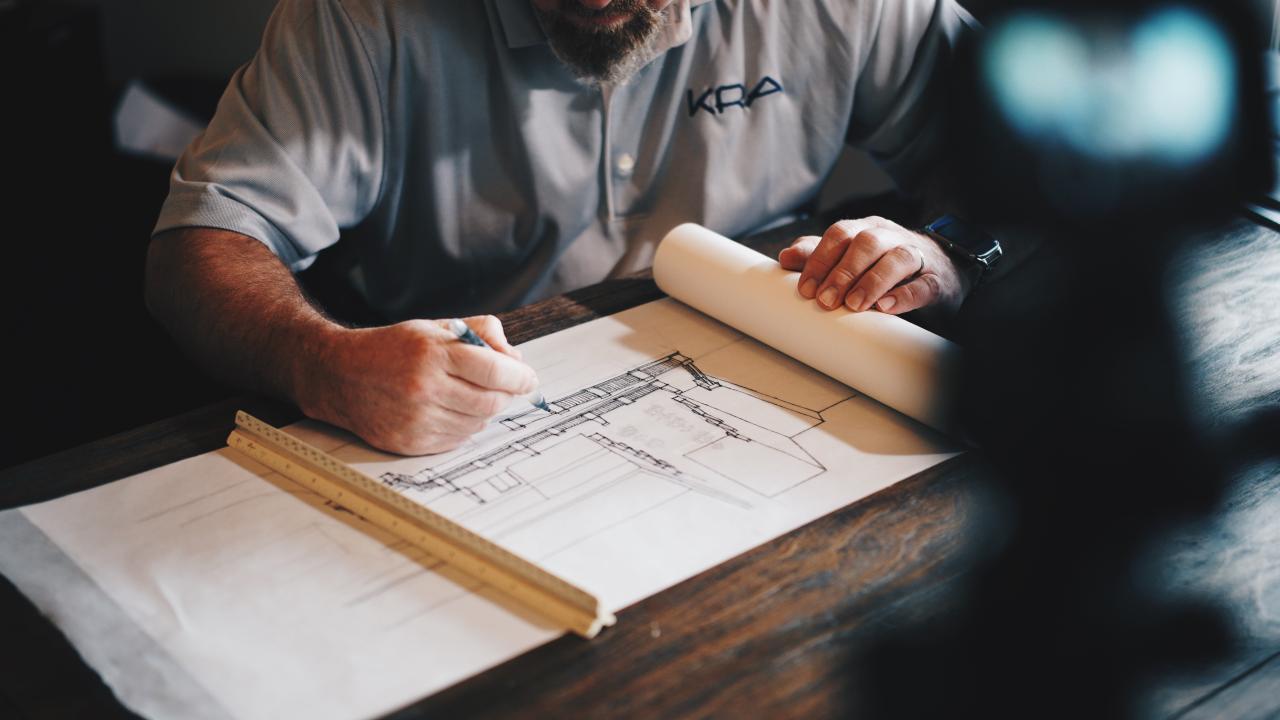
However, risk can be significantly minimised with the help of the right plan and tools. This is where digital solutions are expected to play a fundamental role in the near (digitised) future. In a sentence, the better the sector becomes in collecting and analysing data the easier it will be to predict and mitigate project risk.
How a construction company can deal with risk
There are four things that construction companies can do when they encounter risk:
Avoid the risk
In case that a construction company wants to avoid major risks can walk away from projects with higher risk rates. That’s a safe option which can be highly advisable when the managing team feels that they don’t have the right plan and processes in place in order to resolve any problematic situations.
Mitigate the risk
When a company mitigates the risk, they are creating plans to keep the risk as low as possible. There are many things that companies can do to mitigate their risks, and usually, they are quite successful when they do. Regulations and local plans are two very common types of risk mitigation.
Transfer the risk
As for transferring the risks, it is a solution that is going to cost a company money. However, that amount of money may be less than the money that they would lose if they had accepted the risk themselves. This is a type of insurance that allows the company to only lose the amount of money that they are willing to.
Find also: Is Big Data the most trending thing in construction?
Accept the risk
There are many times when construction companies will determine that it is necessary or feasible to accept the risks of a project that they want to complete. This entails looking at all the alternatives and understanding what could potentially happen. The impact may sometimes be higher than a company wants, but that is the chance that they take by being in this business.
Four benefits of a strong risk management plan in construction:
By now it is clear that a solid risk management plan can save your project from a lot of trouble. Of course, nobody can deny that a lot of effort is required for a successful plan to be built. Nonetheless, it can have some essential benefits for the future outcome of the project process the most important of which are listed below:
1. Consistent and efficient operations
Once a project team has contemplated the risk management plan for a few projects, future projects will be easier to assess. After all, they will have the knowledge and the tools that they need to make data-driven decisions, which will improve the operations of the company.
2. Improved safety and security
Risk management teams can do much more than simply assess project threats. For instance, they can create plans to ensure that all safety and security standards on-site are followed. In that way, the possibility of a terrifying accident is minimised while the working site remains safe.

3. Higher Confidence Levels
Risk management teams will find that they are more confident over time, as they continue to weigh the risks of the company. In the long-term, this can save the firm valuable time and money resources both in terms of planning and fixing unpredicted mistakes.
Find here: What is lean construction?
4. Increased Profits
Taking unnecessary risks can really hurt the bottom line of any company, which is why a risk management team should be in place. In short, a functional and carefully-elaborated risk management plan equates to increased profits and fewer unnecessary costs.
Final word
All in all, it is obvious that risk management should be regarded as one of the most fundamental aspects of a construction project. The good news is that with the advent of cutting-edge digital technologies identifying risk can be much easier than it used to be.
